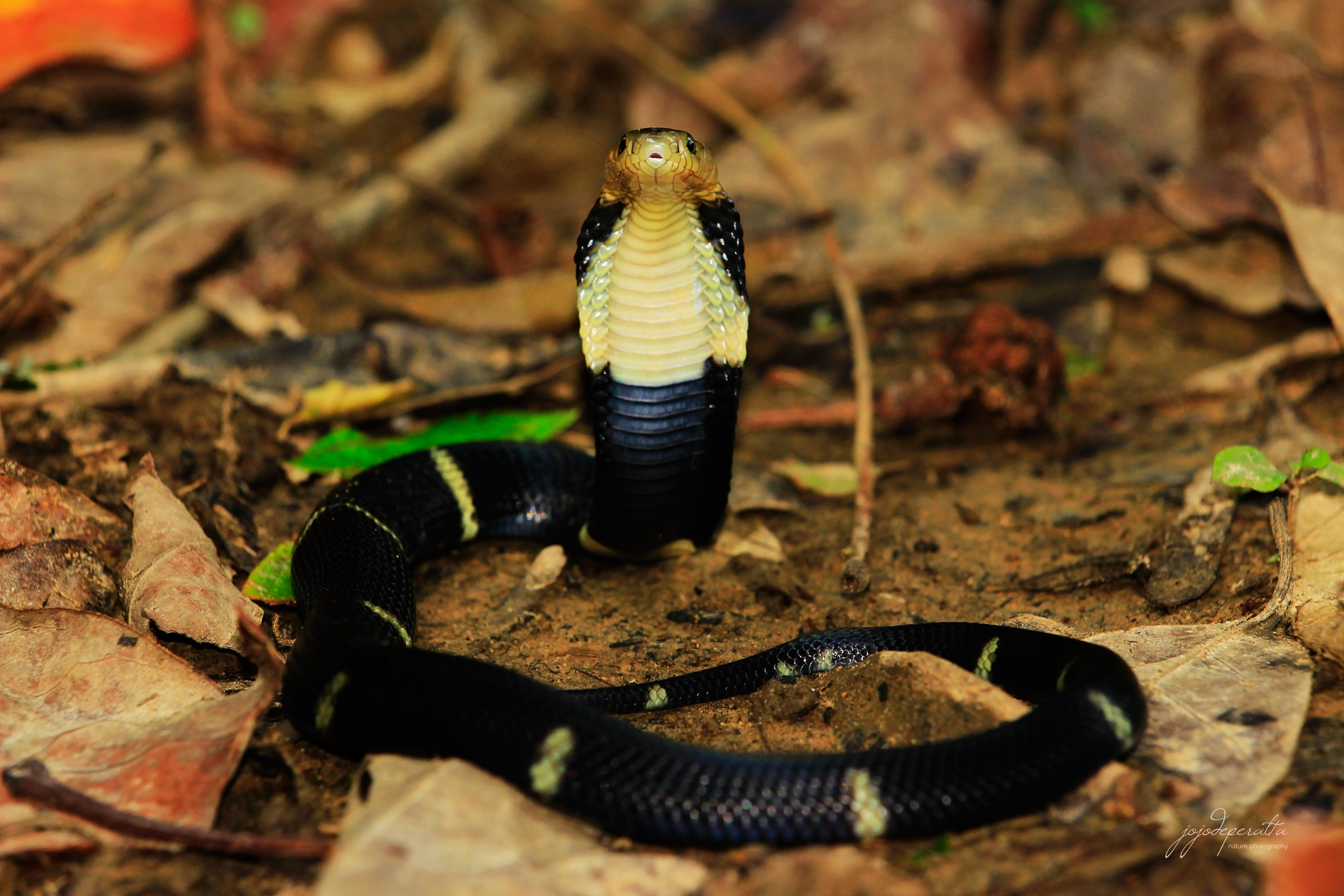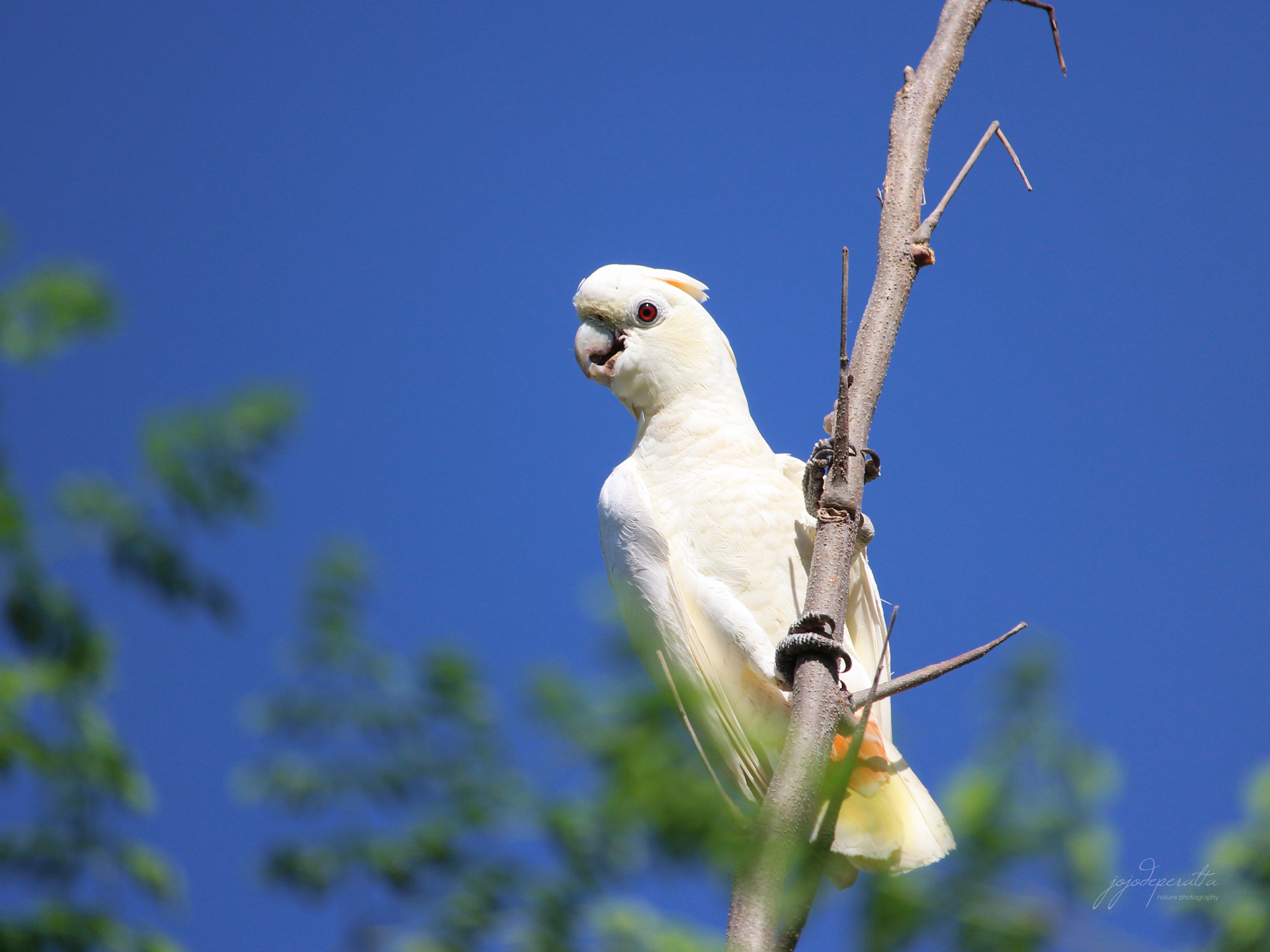Skip to main content
Palawan Birdwing
Palawan
is known for many interesting butterflies, but when it comes to size
and grandeur, one species stands out from the rest. The Trogonoptera
trojana (Honrath, 1886) or Palawan Birdwing is one of the largest and
most beautiful butterflies in Palawan. It has an impressive wingspan of
about 18-19 centimeters, making it among one of the largest butterflies in the
world. It is endemic to Palawan and occuring on its few surrounding islands. Although
more copious in population around Cleopatra’s Needle area compared to other sites in central Palawan, it can be seen in other mountain ranges like
Pulgar Range, Stavely Range, Mt. Beaufort, around Mount Salakot area and
south-west of Central Peak where it flies year round.
 |
| Male Palawan Birdwing |
The
Palawan Birdwing can be found flying over forested mountain slopes,
second growth forests, as well as beach coasts in places where it
occurs. Adult females are often seen flying on top of the forests, males
often fly along rivers and forest edges and can sometimes be seen
sipping fluids from the moist sand to get nutrients on the riverbeds, mangrove edges or areas with
brackish waters. Photographing this butterfly in the wild is usually not
easy and most photographers prefer to photograph them at puddling
sites. There are several good birdwing puddling sites in Simpokan,
Sabang and Napsan, but the most known sites are in Olangoan and
Langogan. These are two of the most favorite birdwing spotting site in
Palawan main land.










